William Ambroise Marçais, was a French Orientalist, particularly noted as an expert on the Maghrebi Arabic dialects.
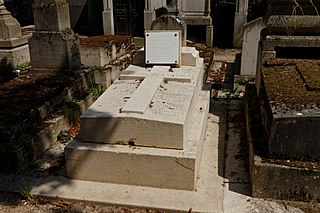
Pierre Jouguet was a French Egyptologist and classical philologist. In 1890 he studied at the École Normale Supérieure in Paris, obtaining his agrégation for grammar in 1893. For three years thereafter he was associated with the École française d’Athènes, followed by work at the Institut Français d'Archéologie Orientale in Cairo (1896–97). From 1898 to 1910, he was a lecturer of grammar and philology at the Faculty of Arts in Lille. On 8 June 1911 he received his doctorate of letters at the Sorbonne, subsequently serving as a professor of ancient history and papyrology in Lille. From 1920 to 1933, he was a professor of papyrology at the Sorbonne, meanwhile serving as director of the Institut Français d'Archéologie Orientale (1928-1940). From 1937 to 1949, he was a professor at Fouad I University in Cairo.
Ernest Louis Georges Will was a 20th-century French archaeologist and University professor, a member of the Académie des Inscriptions et Belles-Lettres.
Raymond François Lantier was a 20th-century French archaeologist.
Louis Demaison was a 19th–20th-century French historiographer, archaeologist, and with Henri Jadart, one of the most significant contributors to the nineteenth/twentieth history of the Marne department.
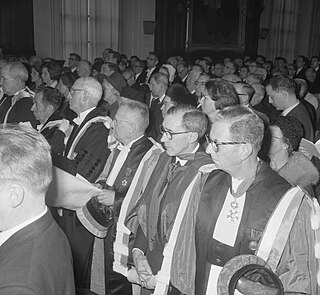
Raymond Lebègue was a 20th-century French literary historian. The son of palaeographer Henri Lebègue, he was elected a member of the Académie des Inscriptions et Belles-Lettres in 1955.
Pierre Eugène Alexandre Marot was a 20th-century French medievalist historian, director of the École Nationale des Chartes. He was a member of the Institut de France, the Académie de Stanislas, the Société des Amis de Notre-Dame and the Académie des Inscriptions et Belles-Lettres

Auguste Audollent was a French historian, archaeologist and Latin epigrapher, specialist of ancient Rome, in particular the magical inscriptions. His main thesis was devoted to Roman Carthage.

Alfred Merlin was a 20th-century French historian, archaeologist, pioneer and founder of underwater archaeology, a numismatist and epigrapher.
Jehan Desanges was a French historian, philologist and epigrapher, a specialist in the topic of North Africa during Antiquity.
Jean de Viguerie was a French historian. He specialized in the history of education and of the Catholic Church in the Enlightenment period.
Alexandre Lézine was a French architect, historian and archaeologist of Russian origin.
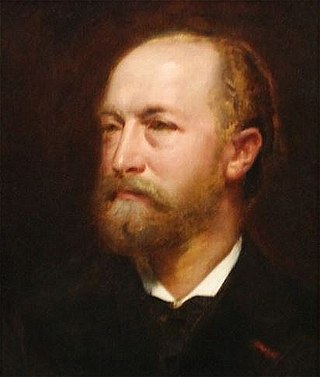
Constant Moyaux was a French architect.

Georges-Ernest Coquart, or Ernest-Georges Coquart was a French architect.

Achille Jacquet was a French engraver.

Louis-Alexandre Bottée was a French engraver and medallist.
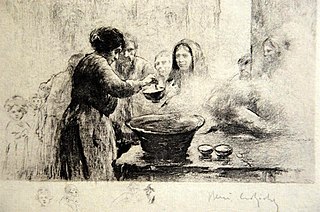
Henri Le Riche, also known as Hirné was a French painter, sculptor, engraver and illustrator.
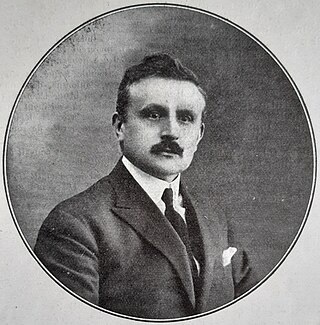
Louis Edmond Joseph Hourticq was a French art historian, and popularizer of art appreciation.

Louis Jean Olivier Marie de Boussès de Fourcaud was a French art critic and historian.
Louis Réau was a French art historian. His major contribution involved exploring French art's international influence. His magnum opus, Iconographie de l'Art Chrétien, in six volumes, encompasses all of Europe, including the Eastern Orthodox tradition.











